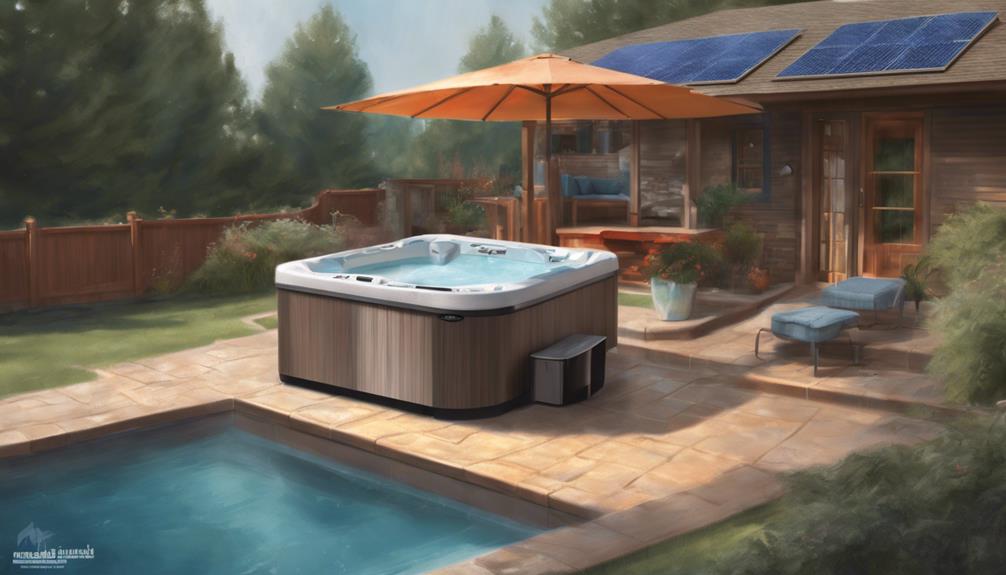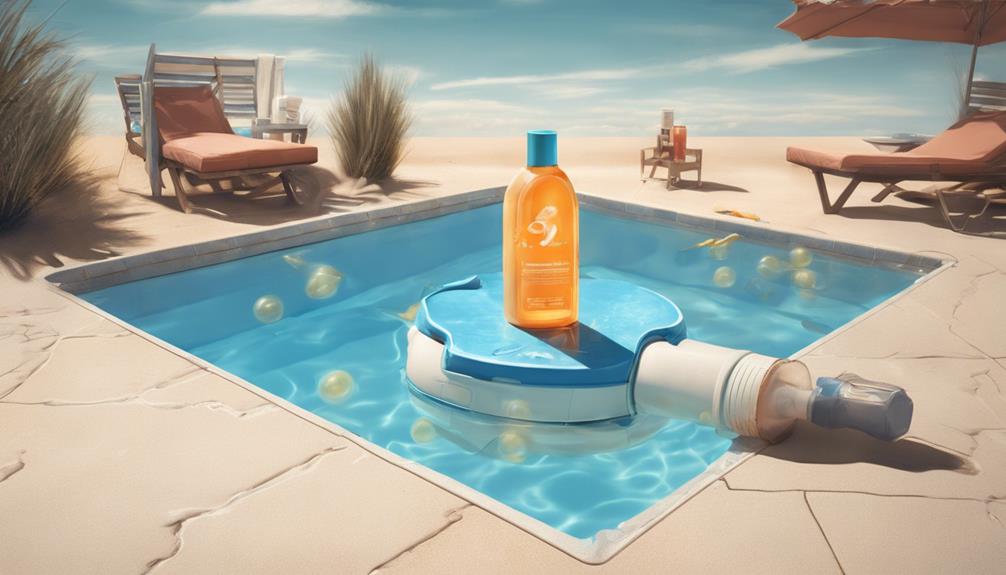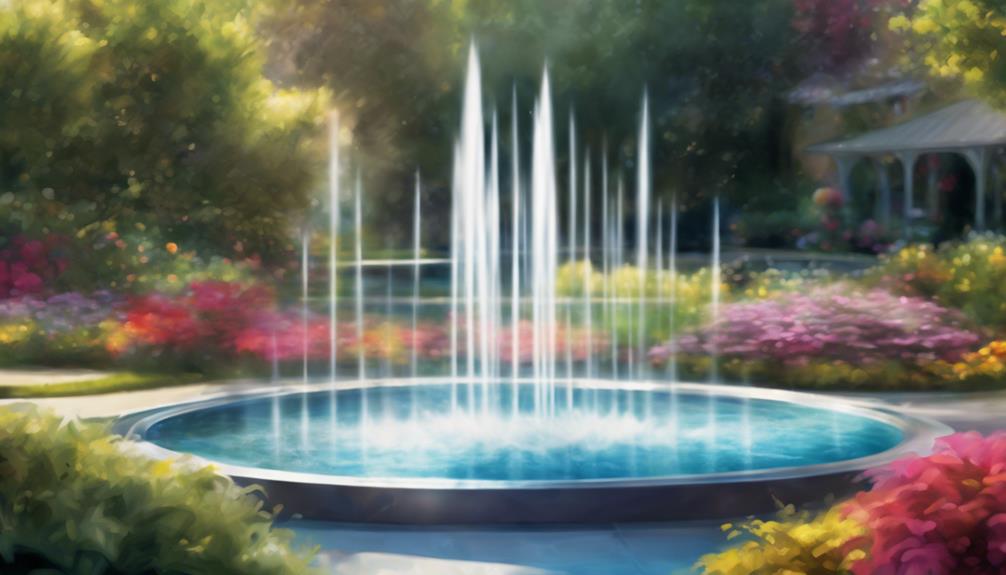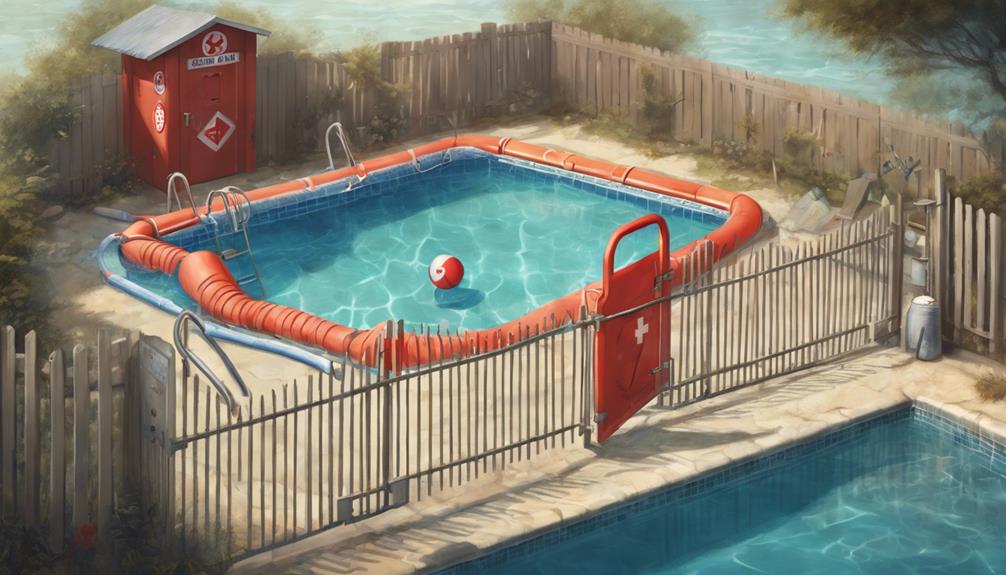Enhance the efficiency of your hot tub by effectively managing settings, optimizing temperature, adjusting to weather conditions, investing in quality covers, and regularly maintaining components. Simple tips such as turning off all settings after use, adjusting temperature settings, and using high-quality covers for insulation can significantly improve efficiency and reduce energy consumption. Strategies like sheltering the hot tub during windy weather and adjusting settings for different seasons also contribute to improved efficiency. By following these easy practices, you can ensure that your hot tub operates efficiently and effectively.
Key Takeaways
- Turn off settings post-use to reduce energy consumption.
- Adjust temperature when not in use for efficiency.
- Use weather-appropriate settings for optimal performance.
- Invest in quality covers to retain heat effectively.
- Regular maintenance ensures energy-efficient hot tub operation.
Efficient Settings Management
Efficient management of hot tub settings is crucial for optimizing energy usage and maintaining cost-effective operations. To achieve this, users should turn off all settings after use and avoid running the hot tub at full capacity when not in use.
Energy-saving practices such as reducing the usage of jets, blowers, and lights can have a significant impact on energy consumption. It is advisable to prevent higher energy use by turning off these features post-use and maintaining the set temperature to avoid excessive energy consumption.
Temperature Optimization Techniques
To maximize energy efficiency and reduce operational costs, hot tub owners can implement temperature optimization techniques that help regulate energy consumption effectively. Lowering the water temperature when the hot tub is idle can greatly reduce energy usage.
Making slight adjustments to the temperature settings, utilizing vacation or economy modes for automatic control, and keeping the water temperature consistent for frequent use are all effective strategies.
Avoiding frequent reheating of the water can also result in energy savings. By actively managing the hot tub's temperature settings based on usage patterns, hot tub owners can optimize energy efficiency and minimize operational costs in the long run.
Weather Adaptation Strategies

External factors such as weather conditions play a significant role in determining the energy efficiency of a hot tub.
To optimize your hot tub's efficiency based on weather conditions, consider the following strategies: To optimize your hot tub’s efficiency based on weather conditions, consider the following strategies: Adjust the water temperature according to seasonal changes to minimize energy consumption while maintaining comfort. Additionally, invest in high-quality insulation covers to retain heat during colder months. For outdoor hot tubs in pool areas, choosing the best glass pool tiles can enhance both aesthetics and functionality, as they provide durability and help reflect light effectively, creating an inviting atmosphere. Regular maintenance and cleaning also play a crucial role in ensuring optimal performance year-round.
- Sheltered Placement: Position your hot tub in sheltered areas during windy weather to reduce heat loss.
- Privacy Panels: Install privacy panels around your hot tub to shield it from wind, retaining heat more effectively.
- Energy Demand: Be aware that colder seasons may require more energy to maintain the water temperature, adjust settings accordingly.
- Weather Protection: Protect your hot tub from weather elements using covers or enclosures to prevent excessive energy consumption due to temperature fluctuations.
Importance of Quality Covers
Investing in high-quality hot tub covers is crucial for maintaining peak energy efficiency and prolonging the lifespan of your hot tub. Quality covers provide insulation, preventing heat loss and reducing the workload on the heater.
Properly sealed covers guarantee that the hot tub retains heat effectively, cutting down on energy costs. Damaged or ill-fitting covers can lead to increased energy consumption as the heat escapes.
By investing in a durable cover that seals tightly, you can not only save on energy expenses but also protect your hot tub from external elements.
Regularly inspecting and maintaining the cover will further enhance its efficiency, contributing to a more sustainable and cost-effective hot tub experience.
Essential Maintenance Practices

Regular maintenance practices are essential to ensure the best performance and longevity of your hot tub.
To maximize efficiency and functionality, consider the following maintenance practices:
- Inspect Regularly: Check hot tub components for damage frequently.
- Clean Filters: Regularly clean filters and check pumps to prevent energy consumption.
- Upgrade Outdated Technology: Outdated components can impede energy efficiency.
- Address Abnormalities Promptly: Act promptly if you notice any irregularities to maintain energy efficiency and prevent further damage.
Frequently Asked Questions
How Can I Reduce Humidity in the Hot Tub Area?
To reduce humidity in the hot tub area, maintain proper ventilation by installing exhaust fans or dehumidifiers. Regularly check for leaks and repair them promptly. Utilize a pool cover when not in use to minimize water evaporation and humidity levels.
Is It Safe to Use Hot Tub Chemicals With Energy-Efficient Settings?
Using hot tub chemicals with energy-efficient settings is safe when following manufacturer guidelines. Properly balanced water chemistry preserves equipment and maintains efficiency. Regular maintenance and monitoring guarantee a safe and efficient hot tub experience.
Can Hot Tub Efficiency Be Affected by the Surrounding Landscape?
The surrounding landscape can impact hot tub efficiency. Factors like wind exposure and temperature fluctuations can affect energy consumption. Shielding the tub from wind, using covers, and adjusting settings according to weather conditions can help optimize energy efficiency.
What Are the Benefits of Using a Solar-Powered Hot Tub Cover?
Harnessing the power of the sun with a solar-powered hot tub cover can result in significant energy savings. By utilizing renewable solar energy to heat and maintain water temperature, users can enjoy a more efficient and cost-effective hot tub experience.
How Often Should I Check the Insulation Around My Hot Tub for Energy Efficiency?
Regularly checking the insulation around your hot tub for energy efficiency is recommended every 6-12 months. Proper insulation helps maintain water temperature and reduces energy consumption. Inspecting for any gaps, tears, or wear is important for best efficiency.
Conclusion
To wrap up, with a few simple adjustments and regular maintenance, you can greatly improve the efficiency of your hot tub. By implementing these strategies, you can save energy, reduce costs, and prolong the lifespan of your hot tub system.
Remember, a stitch in time saves nine, so take proactive steps to boost efficiency and enjoy a more sustainable and cost-effective hot tub experience.










